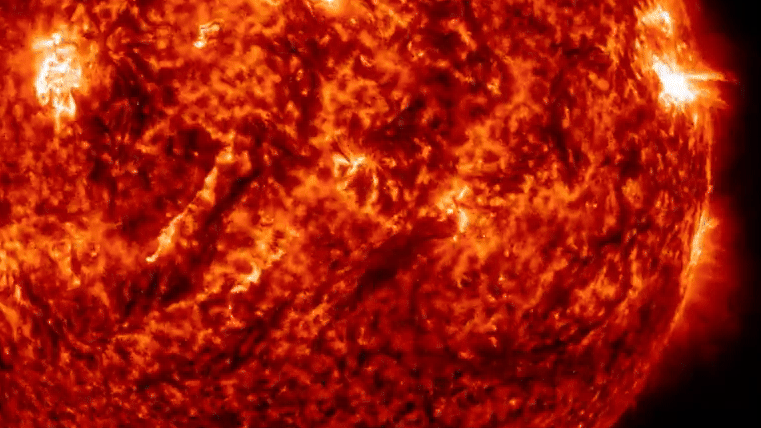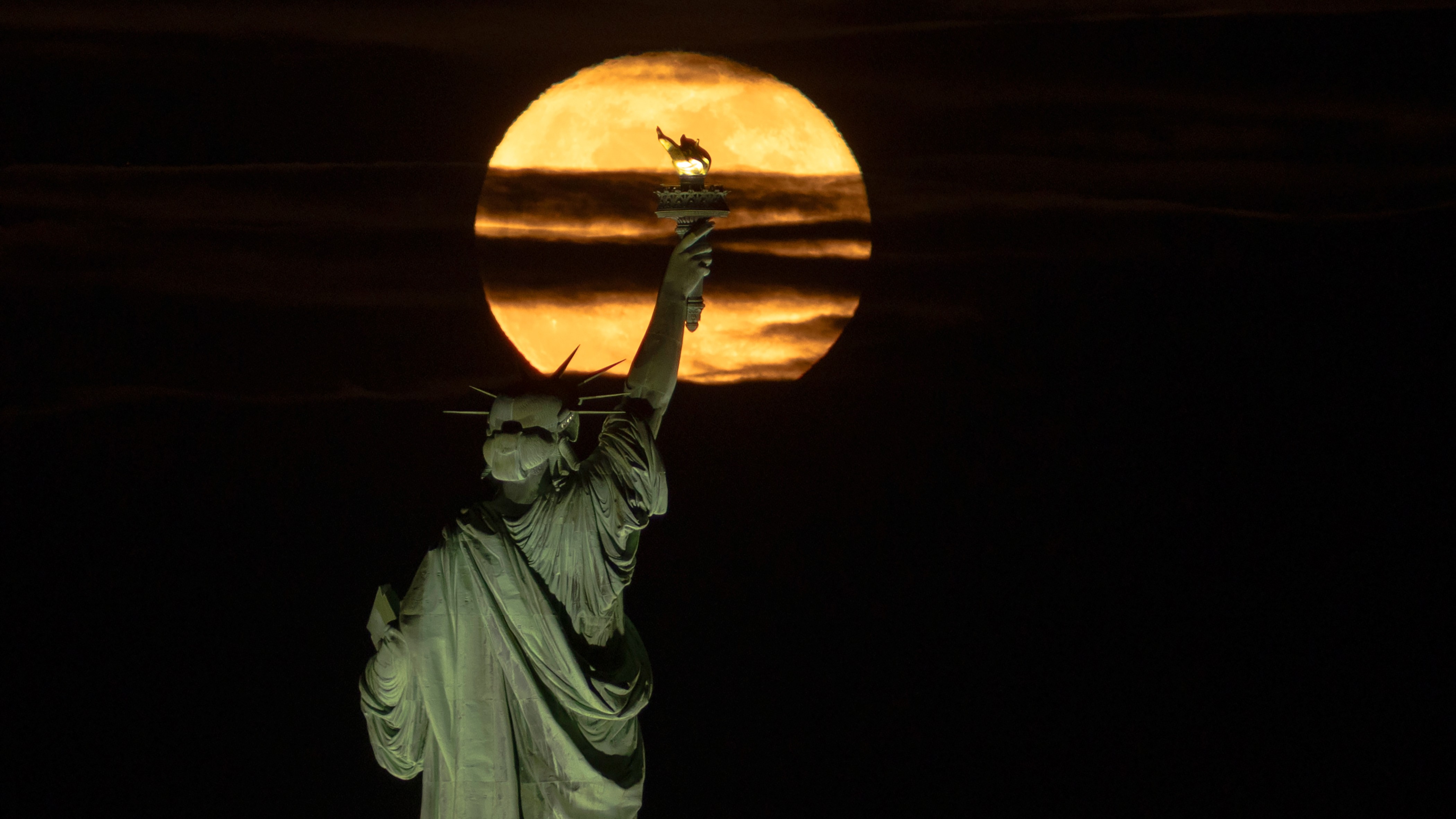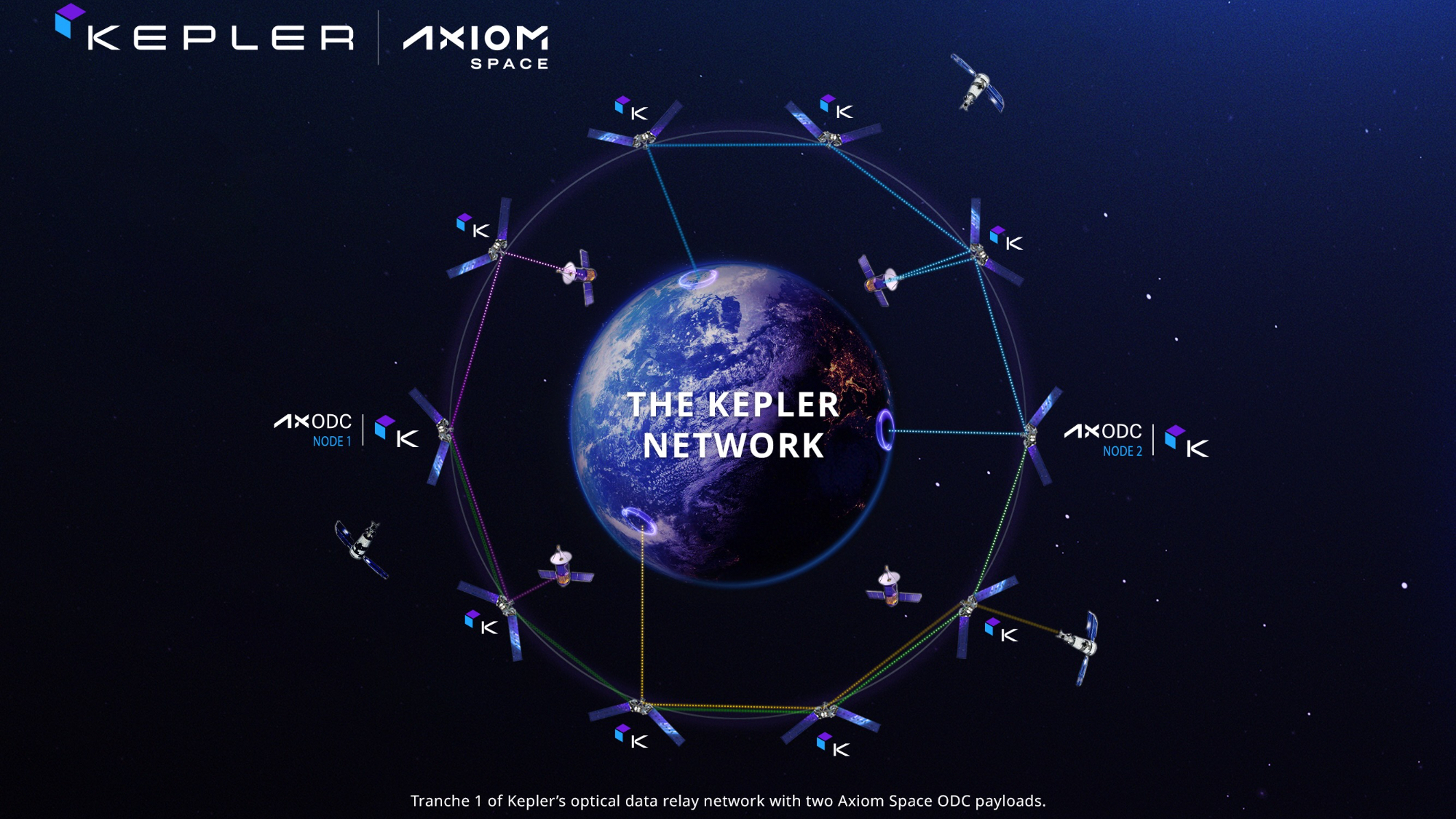'It takes courage to make the right decision:' Artemis 2 astronaut explains why moon mission was delayed to 2025 (exclusive)
'It takes courage to make the right decision.'

MONTREAL, CANADA — Delaying NASA's next crewed moon mission was the right choice for risk, says one of the crew on board.
Artemis 2 astronaut Jeremy Hansen, with the Canadian Space Agency (CSA), said he and his three NASA astronaut crewmates stand behind the agencies' decision to delay their round-the-moon mission at least nine months to September 2025.
"We look at many risks, but when you have learned something that you didn't know — and you realize there's there's something that you can do about it and to learn more — it just makes sense to delay," Hansen told Space.com during an exclusive interview here at CSA headquarters Monday (Feb. 5).
NASA named many reasons for pushing back both Artemis 2 to 2025 and the debut moon-landing mission, Artemis 3, a year later to 2026. Among them were problems with the heat shield of the Orion spacecraft meant to protect astronauts during re-entry and electrical faults in the abort system to protect astronauts if their Space Launch System rocket fails during liftoff to the moon.
Related: Astronauts won't walk on the moon until 2026 after NASA delays next 2 Artemis missions
Artemis 2 is a headline mission for NASA, so much so that in April 2023 that nearly the entire astronaut corps was on hand near the agency's Johnson Space Center to celebrate the crew announcement. Hansen, a mission specialist and the first non-American to leave low Earth orbit, is joined on the mission by NASA commander Reid Wiseman, pilot Victor Glover (the first person of color on a moon mission) and mission specialist Christina Koch (the first woman.)
The four crew members have spoken with U.S. president Joe Biden, vice-president Kamala Harris, celebrities like Tom Hanks and teams such as the McLaren Formula One racers — all in the name of gaining new audiences for the agency's work.
Get the Space.com Newsletter
Breaking space news, the latest updates on rocket launches, skywatching events and more!
But with publicity comes pressure, especially as Congressional representatives have raised the prospect of a race to the moon with China amid the news of the delay. The delays also will lead to increased costs and government budgets, Hansen acknowledged. "It takes courage to make the right decision," he said, but "in this case, this one was very clearly the right decision. There are concrete things that we know we will use this time for."
Hansen was joined by his CSA backup, Jenni Gibbons, in a nod to what the Artemis program aims to do. Gibbons represent the younger astronauts that are meant to continue the work of the greater Artemis program as it aims to establish a sustainable presence on the lunar surface using water ice and other resources at the moon's south pole.
More than 30 countries have signed on to NASA's vision for peaceful space exploration under the Artemis Accords. Some of them, like Canada, have committed billions of their own dollars for hardware to support Artemis work.
Related: Canada assigns astronauts to launch on Boeing's Starliner, back up Artemis 2 moon mission

Gibbons acknowledged that as necessary as it was to reschedule Artemis 2, "the decision to delay something for the right reasons can still be difficult." The crew and their backup astronauts (only Gibbons has been officially named so far) are "staying focused on the mission" while working to show those watching they are "able to adjust and be flexible."
But with time also comes the chance to plan procedures for Artemis 2 that may save on time, risk and effort for the moon landing in 2026 and Artemis program missions beyond, she emphasized. One key area has been continuing to improve the crew simulator, a matter with which Gibbons is intricately involved.
The Artemis astronauts are also refining "how we bring up procedures, how we execute decisions, and how we communicate with the ground team" with an eye for longer missions than Artemis 2's 10 days, she said.
Hansen added that the delay also gives all team members the time to change procedures for future missions and test them while Artemis 2 is still in development, which is a bonus. But he emphasized that there will always be risk, no matter when the crew lifts off.
"There are some things that could just get us, and we could have a loss of crew. That just has to be an acceptable risk that we take, and people have to understand we'll still need to move forward if we do end up with that situation," said Hansen.
Hansen is no stranger to risk in his previous career: He was a fighter pilot and captain with the Royal Canadian Air Force when he was selected as an astronaut candidate in 2009. (He waited so long for his first mission in large part due to the CSA's funding for space, which is small compared to other countries.)
Luckily, Artemis 2 was delayed long before launch due to issues all found on the ground — and raised to NASA management. The agency has been especially careful to emphasize its focus on safety with the moon mission, which is even built into the planning: Artemis 2 will do several orbits of Earth before flying on to the moon, in a staged approach to make sure the Orion spacecraft is ready for the journey.
Once the crew flies on to the moon, they are essentially locked by gravity into a trajectory that will take them a week to circle the moon, Hansen told reporters here during an earlier gaggle.
"You can't just do a quick U-turn and come back, not immediately," he said. "We can do a few little tricks to shorten the nine-day mission a little bit, but we can't shorten it to two days. So no matter what, we have to live with what we have once we decide to leave. We have, at least I'd say, seven days where we have to figure out how to survive."
Join our Space Forums to keep talking space on the latest missions, night sky and more! And if you have a news tip, correction or comment, let us know at: community@space.com.

Elizabeth Howell (she/her), Ph.D., was a staff writer in the spaceflight channel between 2022 and 2024 specializing in Canadian space news. She was contributing writer for Space.com for 10 years from 2012 to 2024. Elizabeth's reporting includes multiple exclusives with the White House, leading world coverage about a lost-and-found space tomato on the International Space Station, witnessing five human spaceflight launches on two continents, flying parabolic, working inside a spacesuit, and participating in a simulated Mars mission. Her latest book, "Why Am I Taller?" (ECW Press, 2022) is co-written with astronaut Dave Williams.









